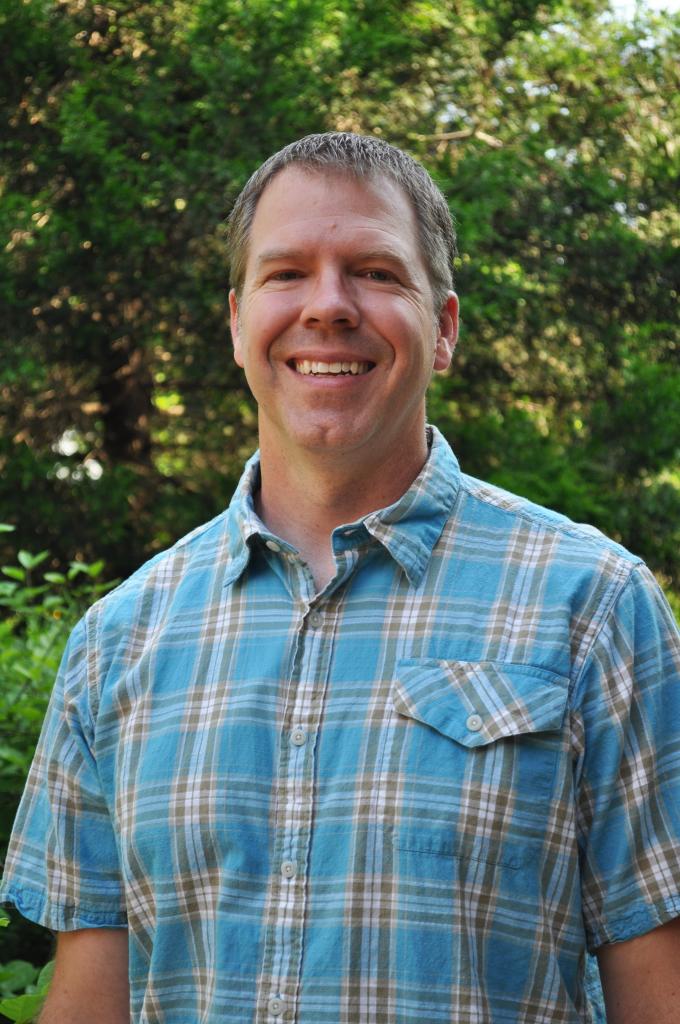Home › Forum topic › Rare Plant Reintroduction › Seeding annual plants for rare plant restoration and reintroduction
Tagged: biosecurity, introduction, pathogen, pest, planting, restoration, seeds, sowing, translocation
-
AuthorPosts
-
January 16, 2020 at 9:06 am #441
 Heather SchneiderCPC Conservation Officer
Heather SchneiderCPC Conservation Officer
My colleagues and I are working on a large rare plant project on the Channel Islands in California. One of our objectives is to increase population size of small occurrences and also establishing new populations in suitable habitat to provide redundancy. For the annual plants in our project (e.g., Malacothrix, Pentachaeta, Thysanocarpus) and possibly one Dudleya species, we plan to use locally collected seed, bulk that seed in our greenhouse, and then return it to the islands. I know that seeding often has low success rates. Does anyone have insights from successful seeding efforts that they can share? In addition to making sure that we are able to propagate enough seed, I have concerns about seeds staying in place and avoiding granivory once we plant them.
We are interested in learning about any annual plant reintroductions that folks have worked on!
January 16, 2020 at 2:34 pm #294 Mark BrownleeSubscriber
Mark BrownleeSubscriber
What we have found to work is to precondition your seeds and plant immdiately prior to the occurrence of conditions that will allow for natural germination or immediately after environmental risk factors pass (e.g., last frost). This reduces the risk of seeds being washed away, blown away, drying out, or being eaten.
If you have easy access to the site and the planting areas are small, you can direct sow, and cover with straw and Remay (or similar) and remove the covering once the seeds have finiished germinating.
Heather, you can call if you want to discuss further. 855-752-6862.
January 17, 2020 at 12:23 pm #295 Michael KunzCPC Conservation Officer
Michael KunzCPC Conservation Officer
We have been working on restoration/reintroduction of an annual on beach dunes along the Atlantic Coast. Our protocol was similar to what Mark uses above. We pretreated seeds before sowing into plots. We sowed them at a time of year similar natural germination. We can’t cover with straw at our sites since they are on the open beach, but we have been talking about possibly using wind fencing to decrease the sandy substrate from blowing away/burring the seeds.
For us, ideal pretreatment is 90 days cold strat. Since our sites were scattered along the majority of the eastern coast, cold/wet seeds were difficult logistically. Instead, we use GA3 to treat in the field prior to planting.
Happy to discuss more if you want. – Mike
January 17, 2020 at 3:24 pm #296 William GarnettSubscriber
William GarnettSubscriber
We had some good success in high energy coastal sites using native pili and Kawelu grass bales to provide shelter and structure in windy salty conditions, they degrade in 1-3 seasons and provide seeds and mulch
Planting less numbers, but more mature, (even plants with seeds developing) has shown some promise, especiall when limiting factors, predation, wind, drought are mitigated. The deep pipe irrigation also proved to be best way to assure initial root growth post planting was deep.
the last trick to try is “double dibbling” dont get me started …..invite me over for a site visit
Island people gotta stick together
Aloha
Attachments:
You must be logged in to view attached files.January 17, 2020 at 3:54 pm #298 William GarnettSubscriber
William GarnettSubscriber
Both annuals and perennials, understand restrictions with NPS, my last government contract was @ Kalaupapa NHP. There are some possibilities using temporary techniques if you can use on site materials?
November 21, 2023 at 3:09 pm #17483 Heather SchneiderCPC Conservation Officer
Heather SchneiderCPC Conservation Officer
Hi everyone,
I’m reviving this thread. Another question I’m pondering about seeding rare plants back into the wild – if you’re using nursery-produced seeds (e.g., from seed bulking at your garden), do you treat your seeds with anything for biosecurity before sowing them in natural settings? For example, do you treat with fungicide, insecticide or anything else to decrease the odds of introducing pests or pathogens to wild settings for either augmentation, reintroduction or translocations?
I am thinking of this both for our work on the Channel Islands as well as a plant that grows in riparian areas. I’m especially concerned about whether any pathogens could travel from the nursery to the wild site and be likely to spread in the riparian zone.
Thanks for your help!
Heather
-
AuthorPosts
- This topic has 5 replies, 4 voices, and was last updated 1 year, 9 months ago by
 Heather Schneider.
Heather Schneider.
- You must be logged in to reply to this topic.